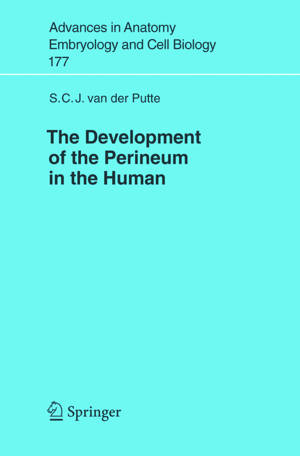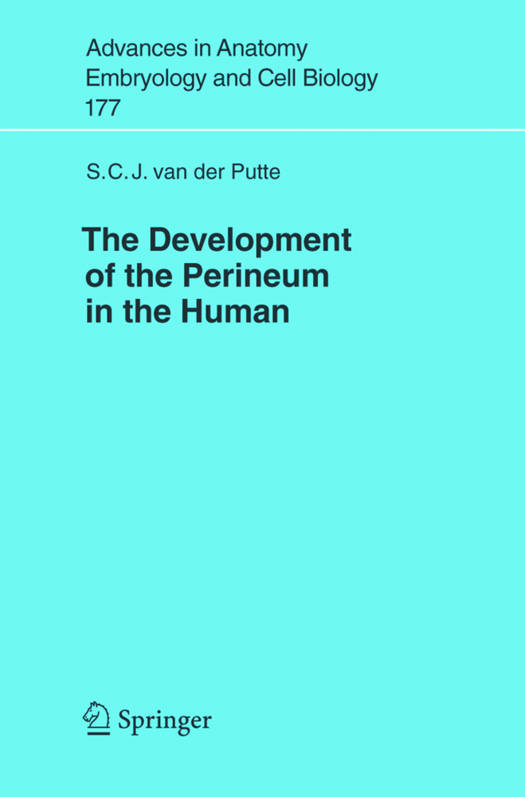
- Afhalen na 1 uur in een winkel met voorraad
- Gratis thuislevering in België vanaf € 30
- Ruim aanbod met 7 miljoen producten
- Afhalen na 1 uur in een winkel met voorraad
- Gratis thuislevering in België vanaf € 30
- Ruim aanbod met 7 miljoen producten
Zoeken
The Development of the Perineum in the Human
A Comprehensive Histological Study with a Special Reference to the Role of the Stromal Components
S C J Van Der Putte
€ 105,45
+ 210 punten
Omschrijving
References. . . . . . . . . . . . . . . . . . . . . . . . . . . . . . 126 Subject Index. . . . . . . . . . . . . . . . . . . . . . . . . . . . 133 1 Introduction The developmental steps which lead to the formation of the human perineum seem firmly established (Arey 1965; Hamilton and Mossman1972; Moore and Persaud 1998; Wartenberg 1993; Sadler 1995; Larsen 1997). They form the base for the evaluation of the pathogenesis of a great variety of complicated and often serious malformations which occur in this region. This concept has, however, been challenged by the results of an investigation into the n- mal and abnormal development of the anorectum in pig (van der Putte and Neeteson 1983, 1984; van der Putte 1986). Observations revealed that at least in pig, a major element in current ideas about the early development of the perineum, namely the process by which the original simple cloaca is sub- vided into a urogenital and anal part is incorrect, while additional obser- tions strongly suggested that the same may be true for ideas about female and male sexual transformation. A preliminary investigation in human - bryos gave similar indications (van der Putte 1986). The data supported e- lier critical findings (Politzer 1931, 1932; Wijnen 1964; Ludwig 1965) which have apparently been ignored, possibly because they seemed to hinder the understanding of the pathogenesis of congenital malformations such as - perforate anus and hypospadias.
Specificaties
Betrokkenen
- Auteur(s):
- Uitgeverij:
Inhoud
- Aantal bladzijden:
- 136
- Taal:
- Engels
- Reeks:
- Reeksnummer:
- nr. 177
Eigenschappen
- Productcode (EAN):
- 9783540210399
- Verschijningsdatum:
- 6/10/2004
- Uitvoering:
- Paperback
- Formaat:
- Trade paperback (VS)
- Afmetingen:
- 155 mm x 236 mm
- Gewicht:
- 294 g

Alleen bij Standaard Boekhandel
+ 210 punten op je klantenkaart van Standaard Boekhandel
Beoordelingen
We publiceren alleen reviews die voldoen aan de voorwaarden voor reviews. Bekijk onze voorwaarden voor reviews.











